Contact Details

Tungaloy’s SNG series of indexable internal grooving tools now includes coolant-through holders.
The new SNG holders are designed for the internal grooving of bores with diameters as small as 8.0 mm (.315″) up to 24.0 mm (.945″), while promising reliable chip evacuation.
The shanks are made of either steel for economy or tungsten carbide for long reach areas where tool steadiness is vital.
Combined with the popular GMR style chipbreaker, the SNG coolant-through holders virtually eliminate chip nests, reducing part scraps and machine downtimes, while improving machining efficiency.
- At a Glance
- Coolant-through holder ensures superior chip evacuation and control in holes down to 8.0 mm or .315″
- Suited for steel, alloy steels, stainless steel, and superalloys
- 12 holders to be introduced
Related Glossary Terms
- alloy steels
alloy steels
Steel containing specified quantities of alloying elements (other than carbon and the commonly accepted amounts of manganese, sulfur and phosphorus) added to cause changes in the metal’s mechanical and/or physical properties. Principal alloying elements are nickel, chromium, molybdenum and silicon. Some grades of alloy steels contain one or more of these elements: vanadium, boron, lead and copper.
- chipbreaker
chipbreaker
Groove or other tool geometry that breaks chips into small fragments as they come off the workpiece. Designed to prevent chips from becoming so long that they are difficult to control, catch in turning parts and cause safety problems.
- grooving
grooving
Machining grooves and shallow channels. Example: grooving ball-bearing raceways. Typically performed by tools that are capable of light cuts at high feed rates. Imparts high-quality finish.
- superalloys
superalloys
Tough, difficult-to-machine alloys; includes Hastelloy, Inconel and Monel. Many are nickel-base metals.
- tungsten carbide ( WC)
tungsten carbide ( WC)
Intermetallic compound consisting of equal parts, by atomic weight, of tungsten and carbon. Sometimes tungsten carbide is used in reference to the cemented tungsten carbide material with cobalt added and/or with titanium carbide or tantalum carbide added. Thus, the tungsten carbide may be used to refer to pure tungsten carbide as well as co-bonded tungsten carbide, which may or may not contain added titanium carbide and/or tantalum carbide.






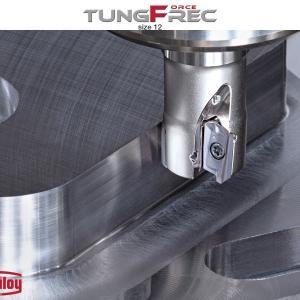
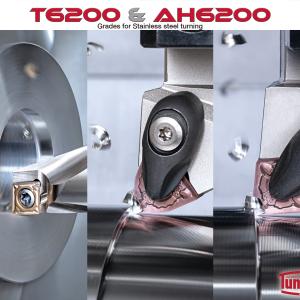
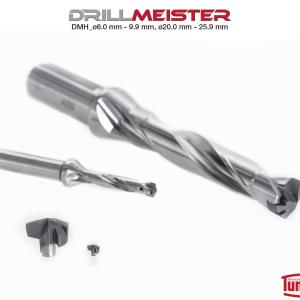
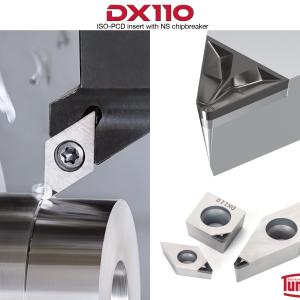
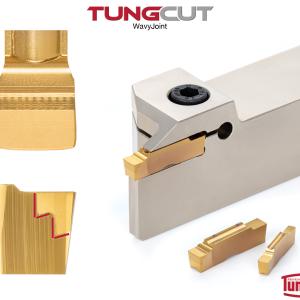
 PRODUCTS
PRODUCTS

